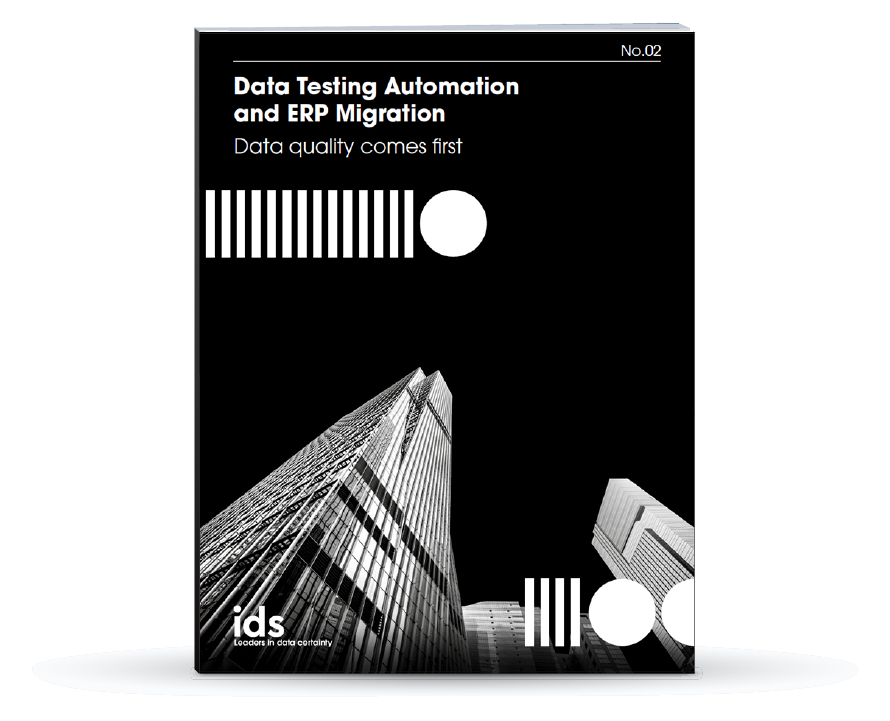What Are the Benefits of Data Strategy?

Data strategy is crucial and provides businesses with numerous benefits.
Picture this: you’re an analyst and you’ve been tasked the unenviable activity of assimilating all your organization’s data in order to run analysis and collect unique and comprehensive insights from it.
But there’s a challenge – how do you gain a unified view of your organization’s entire datasets?
Your BD team has theirs in a CRM solution that is not integrated with any of your other systems, finance has theirs pocketed away in spreadsheets and your IT team has data in various on-prem databases to which no one else in the business has access to.
On top of your data’s lack of across company integration, compliance and data security have never even been considered!
As for data science? This is mostly achieved by syphoning disparate pools of data and ‘guesstimating’ from sampled data, none of which is reliable or productive.
All a bit of a mess really!
What you need, of course, is a data strategy! Easier said than done, right!?
Instinctive Questions to Ask at This Stage, Include:
- What is a data strategy?
- How will I achieve it?
- What data will I focus on?
- Who is the audience for my data?
- What kind of control and permissions do we need on our data?
What is a Data Strategy?
- A vision and action steps toward an organization’s ability to be data-driven
- A plan for how an organization obtains, stores, assimilates, controls, administers, and uses data
- A roadmap and feature list for today’s — and tomorrow’s — data pipeline
- A checklist for developing that roadmap
- A set of methods, procedures, and tools for everything that an organization must do with data.
- An opportunity to manage and transform data quality and its compliance
Why Do You Need a Data Strategy?
If there’s no data strategy in your organization, it is likely the control and application of data within the organization is ad-hoc and unmonitored.
Additionally, it will be much harder to reliably consolidate data from multiple sources to get consistent, reproducible, and comprehensive insights from that data. Not to mention the compliance and security piece.
A data strategy makes certain things possible and has many benefits.
Firstly – a defined strategy means data can be managed and deployed like an asset, data assets can be utilized, tracked, allocated, and moved with minimal effort, and procedures for manipulating data are repeatable, reliable, and consistent.
Secondly and significantly, regulatory compliance and security requirements for data are addressed, when problems arise as there is a predictable method for recognizing and implementing required changes across the data pipeline and data assets themselves.
A data strategy is commonly driven by many key goals, including:
- Alignment of vision, across business and IT, on leveraging data as an asset
- Definition of metrics and success criteria for data management across the organization and user base
- The drive toward a profitable, data-quality management effort
- If your data systems and procedures work without requiring you to constantly put out fires, you can focus on using your data assets to add value to your business.
How to Put a Data Strategy Together
When starting out on developing a data strategy, there are several questions you’ll want to ask.
What do I want my data to communicate (or do)? What purpose do I want my data pipeline (or pipelines) to serve, specifically? What metrics do I want to collect? What correlations (between disparate data sets) do I want to find? What other insights do I want to derive from my data? What actions (automated or human) do I want performed as a part of this strategy?
Who are the stakeholders for my data and/or data pipeline? Are they customers? Professional peers? Senior management or shareholders? Who else?
What is my data pipeline specifically? Is it a pipeline that supports a function (or many functions) within a business? Is the pipeline a core of a data-driven system or service? Is the pipeline a product or service in and of itself?
Collecting Data
The goal for almost any data infrastructure is to pull data from many disparate systems into a single comprehensive, data store for unique insights and analysis.
It is crucial to understand certain areas around how your organization collects data, namely:
Is my data to be ingested in real time, near real time, in batch, or some hybrid approach?
Some systems require data to be updated immediately, while others can tolerate, or even require some delay.
Transporting, Loading and Collecting Data
Data transport involves not only ingesting and collecting data but also possibly moving it from one place to another. At this stage, you may need to consider several transport and load methods as you develop your strategy.
Not surprisingly, it is critical considering here the quality of your data, which is often the biggest challenge when moving data.
iData not only profiles but transforms the quality of your data, before you migrate. As it is very likely you’ll be consolidating data from multiple sources, a unified, automated and robust tool to transform your data and alter its quality before you move it, is crucial.
There is also the vital consideration of securing your data and compliance, particularly when there is personal identifying information (PII) involved.
iData works effectively here in profiling your data and transforming and assuring your data quality against your organization’s data rules, as defined now in your now definitive and concise data strategy!

Data Testing Automation & ERP Migration
In an exclusive downloadable case study, discover how IDS accelerated the time to clean and migrate data to a centralized store for a public sector organization.


